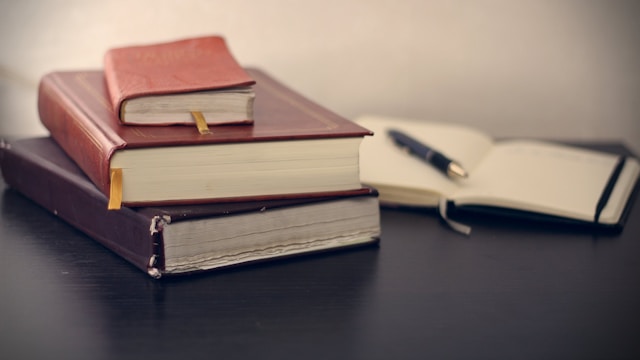
The evidence collected from the crime scene is crucial when a crime occurs. Evidence is of assistance to the police and the lawyers to know what happened. This blog post lists 12 popular forensic methods for collecting evidence at crime scenes.
If you’re interested in learning more about the law, use this guide to criminal law to get a better idea of how things work. And a Toronto criminal law specialist can also illustrate the impact of evidence on legal cases.
- Securing the Crime Scene
The police seal off the spot so no one can go in or leave. This prevents evidence from being lost or altered. Only credentialed individuals can go in.
- Photographing and Sketching
Officers and sketches take many photos of the scene. Here is where everything was discovered. Photos and drawings help you remember details afterward.
- Collecting Physical Evidence
Physical evidence is something such as blood, hair or broken glass. Officers carefully scoop these items and place them into special bags to preserve them.
- Fingerprint Collection
These serve as an identification mark like a ‘fingerprint’. Powdering or applying special chemicals is used to locate prints on surfaces. They’ll then lift the prints with tape to preserve them for analysis.
- Blood Spatter Analysis
Blood patterns can reveal how a crime unfolded. Experts use the size and shape of blood drops to understand the movements during the crime.
- DNA Collection
DNA is present in blood, hair, saliva and other body parts. DNA collection helps determine who was present at the scene. This lends itself well to policing.
- Trace Evidence Collection
Trace evidence refers to little things found on the victim or at the crime scene, such as soil, paint chips, or fibres. These small fragments can tie a suspect to the crime. They are retrieved by hand, tape lift, or hair comb.
- Footwear and Tire Impressions
There are imprints of shoes and tires at the scene of the crime. These prints can also be photographed or cast with special materials for further study.
- Ballistics and Firearms Evidence
If a gun were employed, investigators would take control of bullets, shell casings and the weapon. They test them to determine if they match the gun to the crime.
- Digital Evidence Collection
Digital evidence matters in today’s age. Police gather information from phones, computers and cameras. AI and crime investigation tools help analysts quickly interpret this data.
- Entomology
Insects on bodies can sometimes help determine the time of death. It’s known as forensic entomology.
- Chain of Custody
That is the trail of who touches the evidence. Safeguarding evidence legally and ethically is of utmost importance. If the chain were broken, the evidence might be inadmissible in court.
The Significance of Evidence Collection
Solid evidence builds trust in law enforcement and the courts. Physical evidence is sometimes called the “silent witness” since it always tells a story without speaking. For a criminal law expert in Toronto, they understand the significance of such evidence in the defence and prosecution of a case.
Legal Counsel and Representation
It’s essential to have a lawyer if you face criminal charges. It is the job of legal representation to look out for your rights and ensure that the evidence used is fair. A good criminal defence lawyer knows the law and can clarify what the evidence means for your case.
AI and Criminal Investigation
Technology is undermining how criminals are brought to justice. AI and criminal investigation tools have helped track patterns, analyze evidence more quickly and assist the police. This results in more precise and faster detective work.
Final words
Finally, gathering evidence at a crime scene is a systematic and meticulous process. The 12 methods above highlight how police compile all sorts of evidence. A Toronto criminal law specialist is a good choice if you want to know more about criminal investigations. They may also be able to explain how evidence and legal advice complement one another in defending your rights. As with Sahar’s case, the importance of sound evidence collection and the impact of legal representation on a fair trial cannot be overstated.